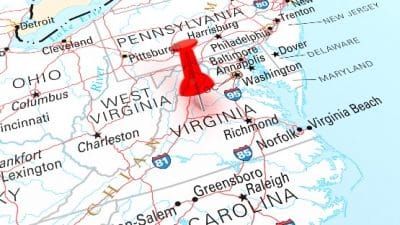
With the Baker v. Carr Supreme Court Decision in 1964, states have had to use a “one man-one vote” guide in drawing legislative districts. Subsequent court decisions and the federal Voting Rights Act have defined further the equality that must exist numerically among districts and the fairness that must be reflected in districts to give minorities an opportunity to be elected. These multiple factors together make the process of redistricting a challenge. Add unofficially on top of these legal requirements for redistricting the political considerations of how regions have historically voted, and the complexities are further magnified. Only the introduction of computer technology has simplified the process to meet the multi-criteria and to permit the consideration of many different alignments.
The outcome of these efforts is controlled in the House of Delegates by the Republicans and in the Senate by the Democrats. Ultimately, the Governor must sign the bills that spell out the district boundaries. The next stop in the process is the U.S. Department of Justice because Virginia is still under the federal Voting Rights Act due to past unfair practices in elections and/or the federal courts who can decide if civil rights are violated by the new district lines. All this must be concluded in time for the August primaries and November general elections.
For years the struggle in Virginia had been to get the rural areas that were over-represented to allow a shift of power to the suburbs. The courts have for the most part resolved this issue as they have ensuring that minorities have an opportunity to be elected. The partisan struggle over control of the process and the outcome continues with the courts showing no interest in interjecting itself. Some districts may be shaped like salamanders or other creatures to get like-minded voters who support the majority party together. The lines that were announced earlier this week are likely to be the new districts for the next decade. Maybe if the districts are odd enough or slice and dice communities of interest enough there may be strong public interest in going to an independent commission approach next redistricting in ten years.
Ken Plum is a member of the Virginia House of Delegates.










